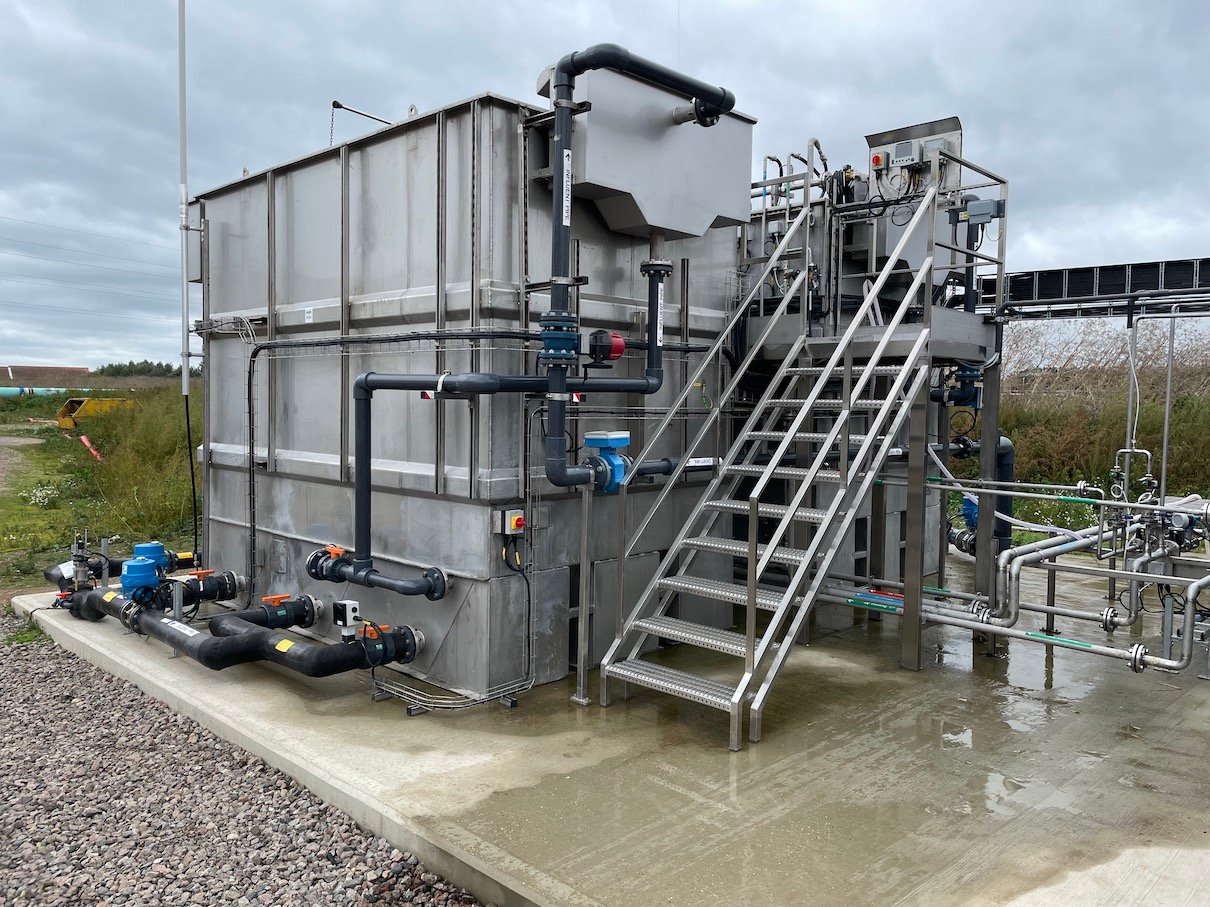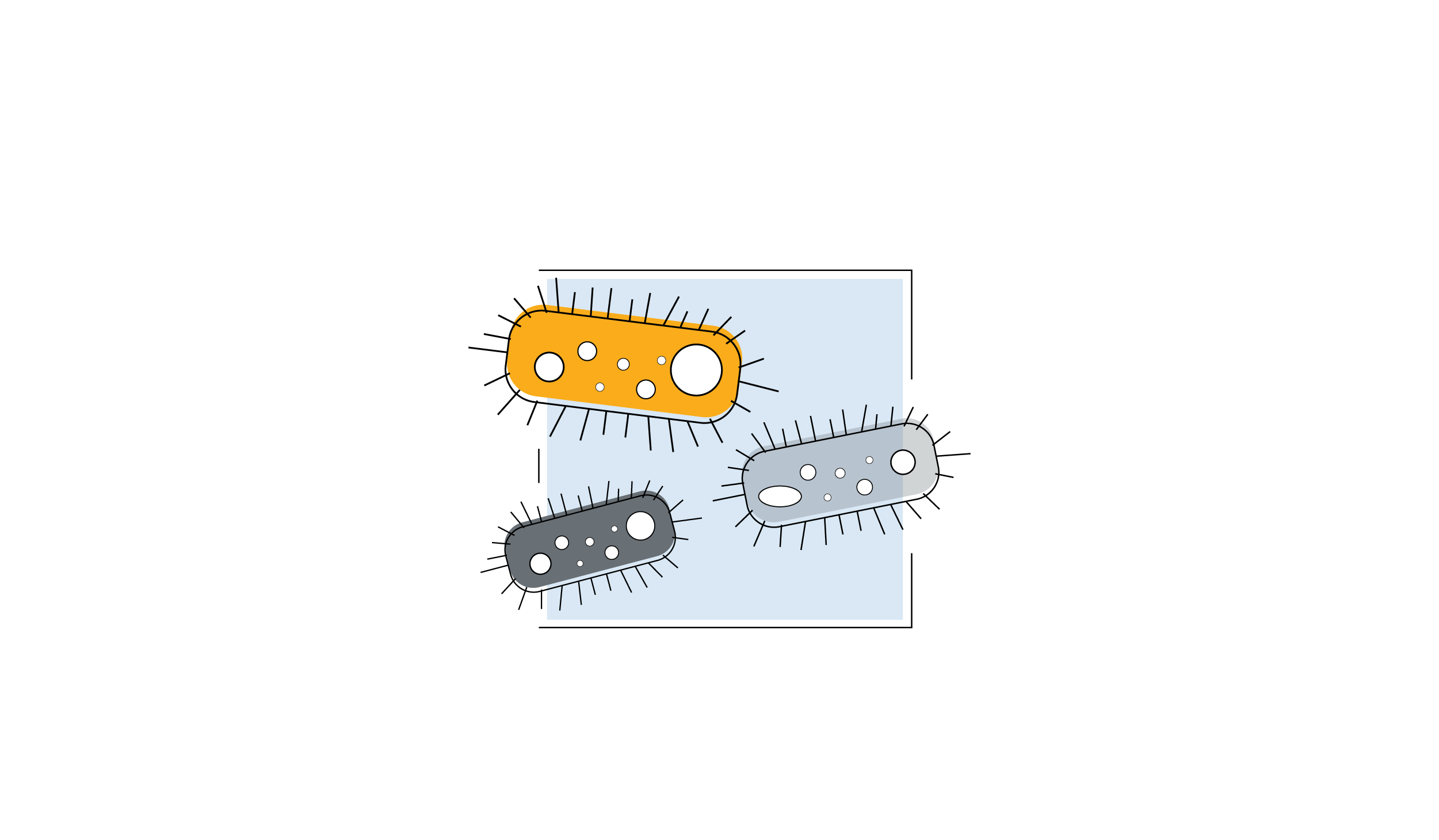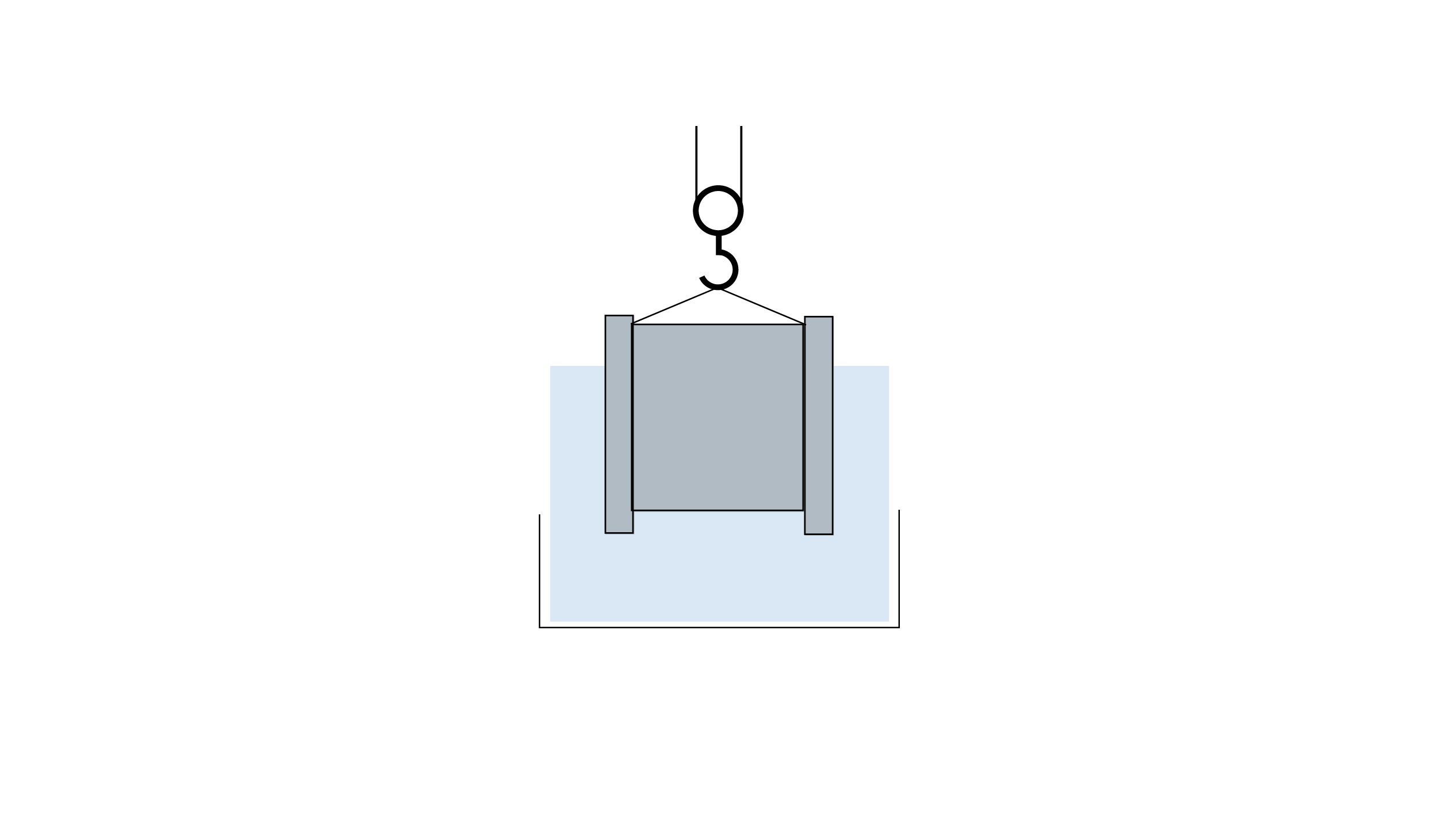Nitrous Oxide, Not So Funny After All
Nitrous oxide emissions from wastewater treatment plants are 265 times more harmful to our environment than carbon dioxide.

Nitrous oxide (N2O), a greenhouse gas which is emitted as an undesired bioproduct during the biological treatment of wastewater, it is estimated to be responsible for six per cent of global greenhouse gas emissions, and it has a warming potential 265 times that of carbon dioxide (CO2). It is also one of the main contributors to depleting the ozone layer.
The gas is created during the nitrification and denitrification phase due to nitrogen present in urea, ammonia, and proteins found in municipal wastewater.
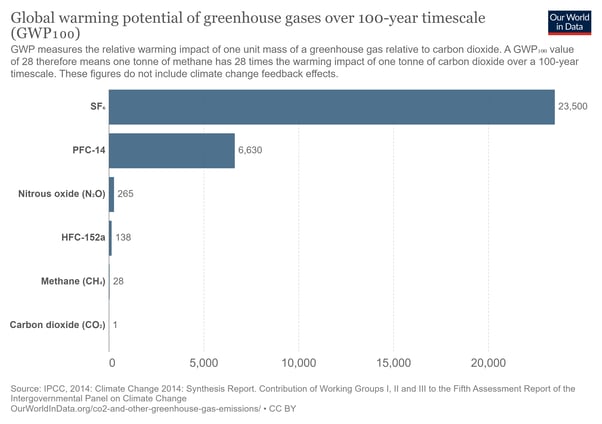
Despite these concerns, there is some reason for optimism because nitrous oxide has a much shorter lifespan of only 114 years compared to carbon dioxide, which can survive hundreds of years in the atmosphere. Therefore, making changes to reduce N2O emission can have a profound effect on the environment in a much shorter time frame.
A report from 2019 showed that 6% of nitrous oxide emissions in the United States come from wastewater treatment.
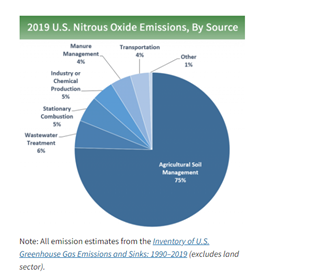
Given this prevalence, reducing, and mitigating process emissions from N2O will be paramount for the water industry over the coming decade. Currently the water industry is working towards monitoring nitrous oxide on treatment plants and considering how best to reduce emissions through optimization or upgrading of treatment processes.
Could OxyMem be the answer?
Investing in technologies which can limit emission and make plant activities more sustainable will be key. To date there has been significant interest in carbon emissions within the sector, but momentum is growing as interest shifts towards targeting harmful nitrous oxide and lesser-known greenhouse gases.
Denmark
In 2018 the Danish EPA launched a funding scheme for Danish utility companies dedicated to measurements of and mitigation actions towards nitrous oxide emissions. In the period from 2018 to 2020, nine Danish utilities have measured and registered nitrous
oxide emissions from nine different wastewater treatment plants (WWTPs) under the EPA
funding scheme
OxyMem have supported Vandcenter Syd (VCS) Denmark, who partnered with Aarhus Vand Denmark, to demonstrate the benefits of MABR technology at the Ejby Mølle WWRF. Work started in the summer of 2018. The full-scale demonstration of MABR at Ejby Mølle provided some great insights into the technology, but one key aspect recorded was the significant difference in N2O emissions from MABR when compared against conventional activated sludge treatment.
In this project VCS measured nitrous oxide emissions from the conventional activated sludge surface-aerated reactors and the MABR demonstration reactors. Liquid phase sensors were positioned in both the existing activated sludge tanks and the demonstration MABR tanks, and a gas analyser was used to measure nitrous oxide concentrations in the exhaust gas of the MABR units.
Results showed that nitrous oxide emissions were on average one order of magnitude lower than those from the conventional activated sludge plant, even under much higher loading conditions. The initial results from the project are very promising and reflect the immense potential for MABR to achieve very intensive total nitrogen removal with low nitrous oxide emissions.
United Kingdom -2030 Net Zero Goals
Given the potential for the sector, further studies on N2O and the added benefits of MABR are to be formally carried out under a recent initiative by Anglian Water. OxyMem technology was chosen to demonstrate how MABR might help the UK achieve 2030 emissions goals. Plant design is already underway. The project will be funded through an Innovation Fund made available by Ofwat
Anglian Water’s Triple Carbon Reduction solution, delivered in partnership with OxyMem, Element Energy Ltd, Jacobs, Cranfield University, University of East Anglia, Brunel University, Severn Trent Water, Scottish Water, Northern Ireland Water and United Utilities, has been awarded more than £3.5 million. It will use novel technologies to target a step change reduction in greenhouse gas emissions and electricity use in used water treatment and provide a new renewable energy source through green hydrogen production – 'triple carbon' synergy and contribution towards achieving net zero carbon emissions by 2030.
Adam Brookes, Manager of Innovation Discovery, Anglian Water, said: “Funding for this project will greatly support the delivery of our own net zero routemap and the water sector's drive to Net Zero by 2030, filling a significant missing piece in the challenge. By collaborating with academia, businesses and other water companies, our project creates an elegant solution to eliminate part of the greenhouse gas emissions associated with wastewater treatment and position the sector within the developing hydrogen landscape, in line with the newly launched UK Government Hydrogen strategy.”
Amanda Lake, Water Process Lead, Jacobs Europe, said: “We’re excited to couple an innovative pure MABR treatment solution with green hydrogen production. We know the outcomes could be significant for the water sector - lower nitrous oxide process emissions, a role in the green hydrogen economy, valuable resource recovery and application of best practice life cycle assessment methods. What a valuable chance to work together to open the door to the lower carbon, circular economy water sector we urgently require.
OxyMem MABR technology could assist the sector in achieving their global environmental goals over the coming years, by enhancing current Wastewater Treatment Plants capacity and at same time help clients move towards achieving their future net zero carbon emissions.
OxyMem MABR enables clients to add or improve ammonia reduction on existing large works using only a few kW's, and the technology can be simply dropped into existing treatment plants without the need to build additional structures or stopping live processes which are key benefits to enable the sector to achieve global environmental goals over the coming years.
Contact us today if you need help with your existing Wastewater Treatment Plant


